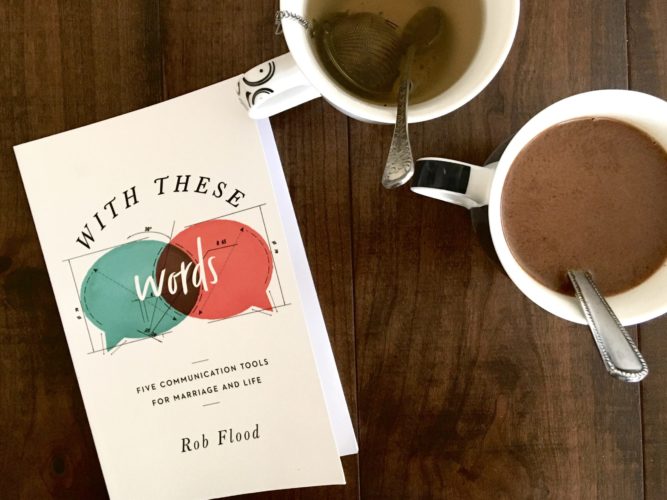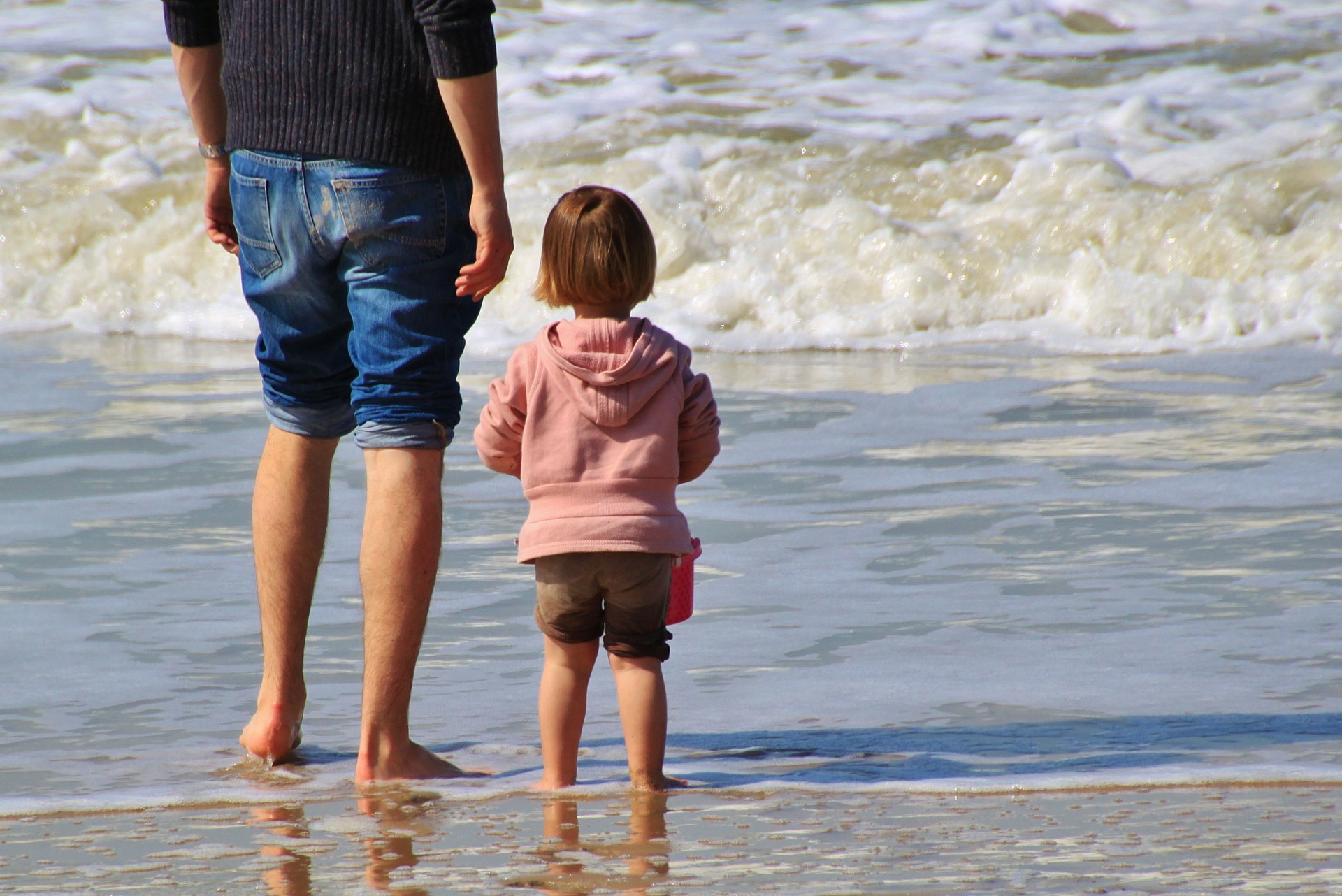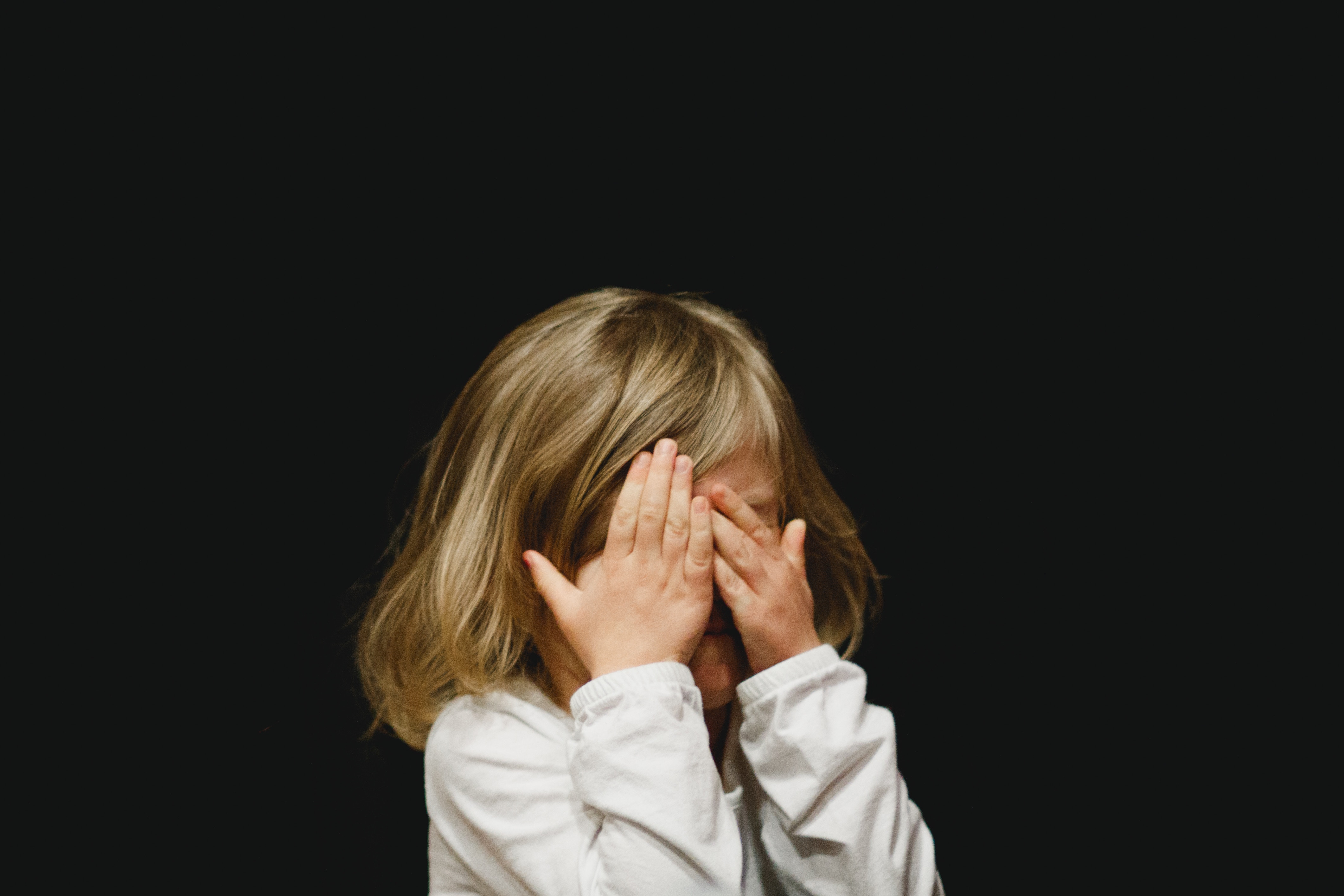
Christian Women and Pornography: What the Statistics Might Not Tell You
Statistics about pornography use among Christian women have always been a little difficult to find. It seems like we have clearcut statistics for men, even somewhat of an understanding that “a lot” of men, even Christian ones, struggle with pornography.
Women, however, are a different story.
The earliest statistics I found on porn use among Christian women was a survey done by an online magazine around 2003. It found 20% of the female readers admitted to having a porn problem.
But, what exactly does that mean? Because, different from men, a woman’s struggle comes with qualifiers:
What does it mean to have a porn “problem”?
How are we defining pornography?
Is it erotica? Is it sexual fantasy? Is it lingerie catalogs and bridal magazines?
Or is it the XXX underground where content like 50 Shades of Gray is acted out without censors?
This is why, in the years I’ve spoken on the topic of women struggling with pornography, I hesitate to use statistics.
Don’t get me wrong, I don’t have a problem with them, and I think they are very useful. But they don’t and never will tell the whole story. They’re just numbers, and we’re people. And as people, we have a really hard time applying the numbers to the people we love.
For instance, if the statistic is that 50% of pastors struggle with pornography, I want you to think about two pastors in your church and pick which one it is.
Aside from that, statistics on female porn use are nowhere near telling the whole story. Here’s what they aren’t telling you:
Christian women watch hardcore pornography
To some that’s a no-duh statement but to many, that’s a shocker. We do something with women that we don’t do with men. When a man confesses to a struggle with pornography, we immediately assume what he’s talking about. When a woman confesses to a struggle with pornography, we tend to assume she doesn’t know what she’s talking about.
A common misconception is that Christian women struggle with things like Amish romance novels and feel anything remotely sexual is pornographic. Wrong.
When I stand on a stage in front of pastors and leaders, I clarify that when I say I was “addicted to pornography” I mean every word. I spent hours every day, watching hardcore pornography, and couldn’t stop.
You have no idea how many people will approach me afterward and say, “I’m glad you clarified because, you’re right, I assuming you were talking about romance novels.”
No amount of statistics will get us to change our belief in a script.
If 50% of pastors struggle with pornography, but we’re convinced our pastors can do no wrong, then that 50% must be in someone else’s church.
If 20% of Christian women (it’s higher now, by the way), struggle with pornography, but we’re convinced that can’t be true, we’ll do logical gymnastics to convince ourselves it isn’t.
The Problem is Worse Than You Think
Let’s say the statistic is 20% of Christian women surveyed say they struggle with pornography. Once we define pornography as hard core pornography, we have another problem. That 20% gives us a false sense of “it’s not so bad.”
As someone who taught math and works in data, I find this particular point so frustrating.
The statistics we have on female porn use are skewed because there’s something that exists in women that doesn’t exist in men: a generation gap.
Walk into a room with a multi-generational group of men, and you can pretty much assume that the stats on male porn use are going to hold true throughout the generations in the room. Sure, the Baby Boomers grew up on Playboy and the Millennials grew up on smart phones, but still there’s this idea that pornography has been an issue for men for generations.
That is not the case for women.
If I walk into a room with a multi-generational group of women, my first and foremost concern is always to bridge the gap. Because the Baby Boomer women grew up in a time when pornography wasn’t really accessible to them. Nor was it made with them in mind. Their husbands might have been slinking around with magazines stuffed in brown paper bags, but they were not.
Millennial women, on the other hand, came of age at the time of the internet. Not only could we stumble upon a man’s porn stash, now we could access new content all on our own. Videos even. Without having to subscribe to the adult channels on cable.
Pornography came for Millennial children, and it got the boys and the girls. And while it was just an escalation of sorts for men, it was a whole new world for women.
That’s not to say that no women older than Millennials struggle with pornography, because that’s not true. I have readers in their 60s. That’s also not to say that women can’t be drawn to magazine material.
The problem is that schism skews the data.
We’re judging the urgency of a problem on statistics that include a tech-illiterate Gramma and her I-grew-up-on-social-media granddaughter in the same pool, and you can’t do that. At least not for women.
I have found, through my time speaking, that pornography use among women escalates dramatically as the generation gets younger.
Older Millennials have a less frequent use than Younger Millennials who have a less frequent use that Generation Z.
People will say “it’s a growing issue among women” because that’s what the statistics say. But that’s because so many “new women” (ie younger women) are using it while the older women who don’t use it are dying out. The “growth” we’re seeing is bottom loaded.
In fact, the attitude among Christian girls in Generation Z (also known as iGen- today’s college and high school students) is very much “what’s the big deal? Every girl watches pornography.” I heard that from a twelve-year-old girl in a church where I spoke.
Some youth groups have reached out because anonymous surveys of their youth groups showed 100% of the girls struggled with pornography. And they had no idea it was that bad.
While we’ve spent years fighting to help men, we’ve essentially ignored women because the statistics are telling us it’s not that big of a deal.
It’s a bigger deal than you may think, and don’t be surprised when those numbers start to jump astronomically. The statistics won’t tel you the effects this struggle can have on a young girl’s life. They won’t tell you what it’s like to be a woman struggle with pornography in a culture that ignores the fact that you exist. They won’t tell you how the silence of the church makes that struggle exceedingly worse. The statistics might not tell you of the draught in resources for women.
The statistics might not tell you, but I give it ten years, tops, before pornography becomes one of the biggest issues among Christian women, and we are not ready.




